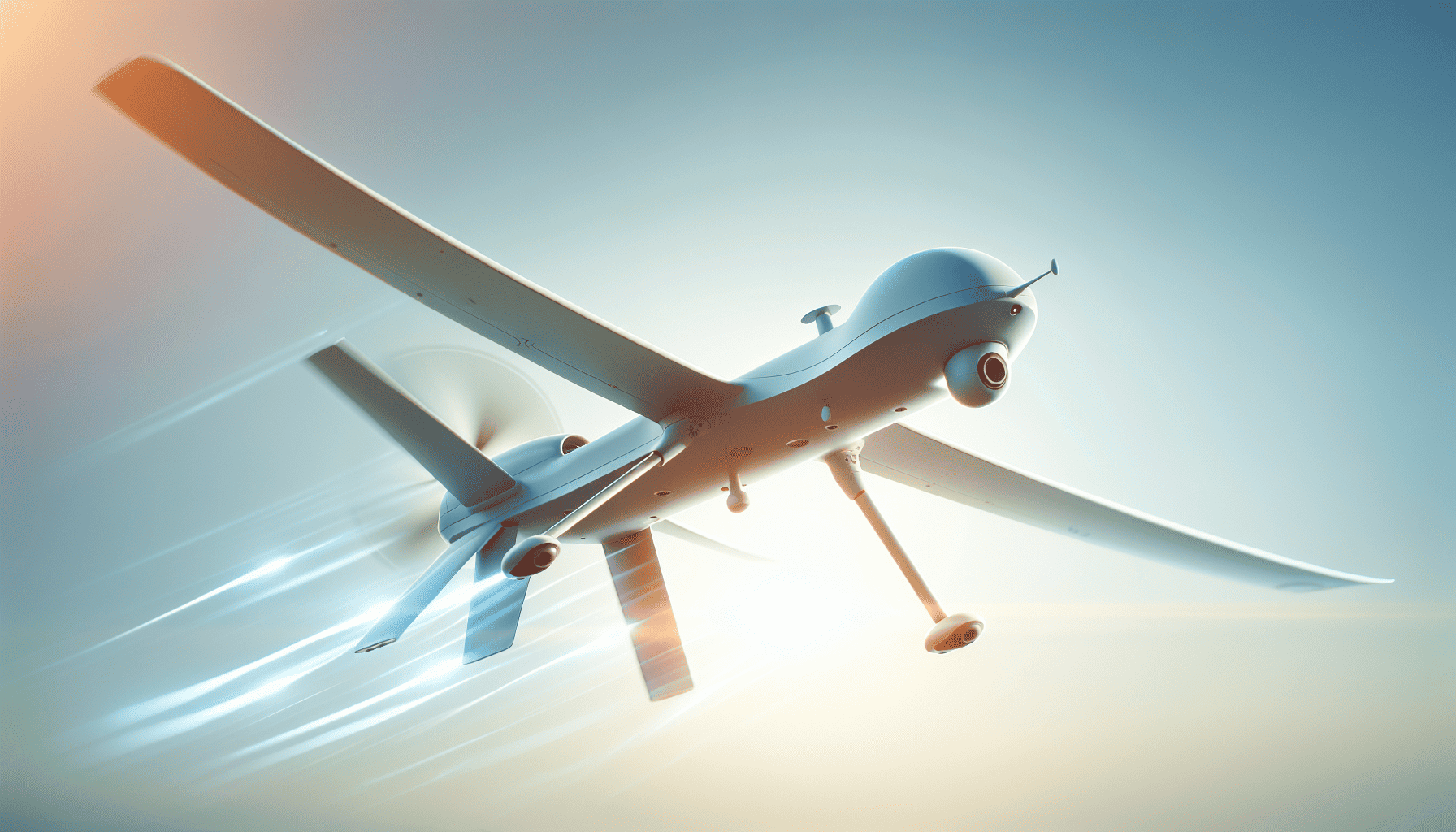In a world where technological advancements are ushering in a new era of aviation, autonomous flight systems stand at the forefront, reshaping how we perceive and operate aircraft. The significant strides in this domain promise to revolutionize aviation, with intelligent systems offering unprecedented levels of safety, efficiency, and innovation in flight operations.
At the heart of autonomous flight systems lies a sophisticated array of technologies that collectively enable aircraft to operate with minimal human intervention. These systems leverage a combination of artificial intelligence, machine learning, and advanced sensor technologies to perform functions that once required the skill and experience of seasoned pilots. By analyzing vast quantities of data in real-time, these intelligent systems can make instantaneous decisions, maneuver aircraft with precision, and respond to unforeseen challenges with agility.
One of the primary motivations behind the development of autonomous flight systems is the enhancement of safety. Human error has long been a leading cause of aviation accidents, often stemming from fatigue, miscommunication, or information overload. Autonomous systems, designed to work hand-in-hand with human operators, aim to minimize these risks. By continuously monitoring flight parameters and external conditions, these systems can provide early warnings, suggest corrections, or even autonomously take corrective actions to avert potential incidents. This level of reliability and responsiveness not only increases passenger safety but also elevates the overall confidence in air travel.
Efficiency, another critical facet of aviation, is also significantly boosted by autonomous systems. Traditional flight operations require meticulous planning and constant adjustments to account for variables such as weather conditions, air traffic, and mechanical issues. Autonomous systems streamline these processes by optimizing flight paths, managing fuel consumption, and reducing turnaround times at airports. The outcome is a dramatic decrease in operational costs and environmental impact, making air travel not only more economical but also more sustainable.
As the aviation industry continues to embrace these innovations, the integration of autonomous systems into commercial and cargo flights is becoming increasingly common. Companies and research institutions are rapidly developing and testing autonomous technologies, envisioning a future where pilotless aircraft could become a norm. While the complete removal of human pilots from the cockpit remains a topic of debate, the consensus is that autonomous systems will at least augment human capabilities, serving as co-pilots to enhance overall mission success.
The transition to fully autonomous flight will also necessitate regulatory evolution. Aviation authorities worldwide are working diligently to establish standards and guidelines to ensure safe and ethical deployment of these technologies. This includes certifying autonomous systems, establishing protocols for emergency situations, and addressing cybersecurity risks associated with automated operations.
In conclusion, autonomous flight systems are charting a new course for aviation, driving remarkable transformations in how flights are conducted. By integrating intelligent systems designed to enhance safety and efficiency, the future promises a more dependable, cost-effective, and environmentally friendly aviation industry. As research and innovation continue to unfold, the dream of autonomous flight is fast becoming a reality, ready to take the aviation world to greater heights.
